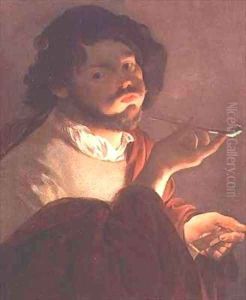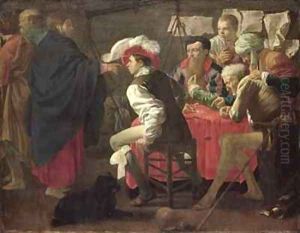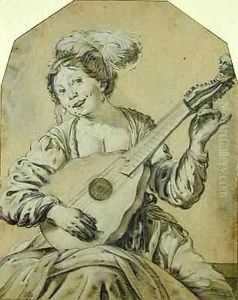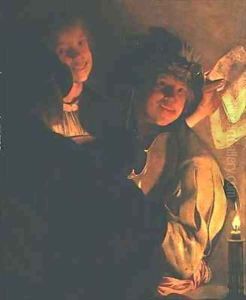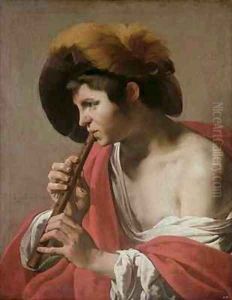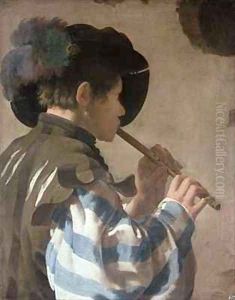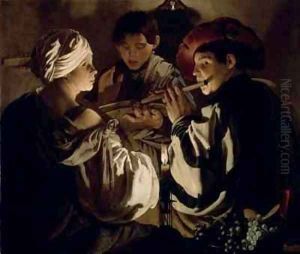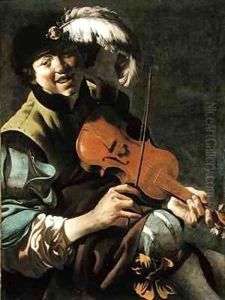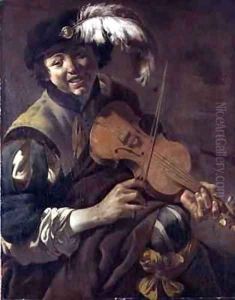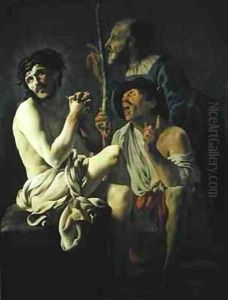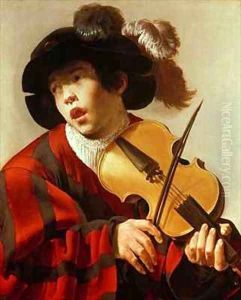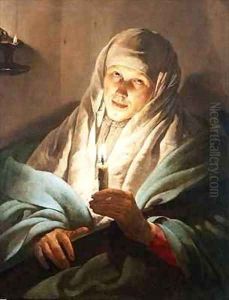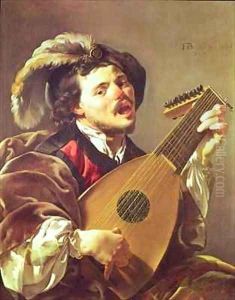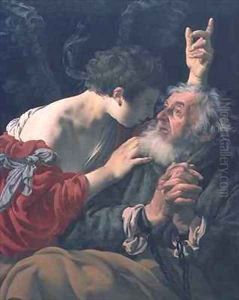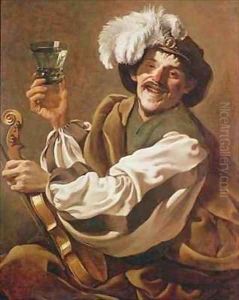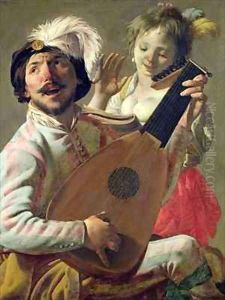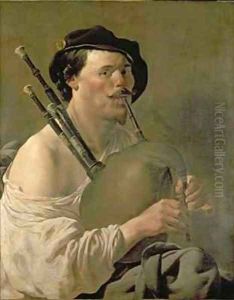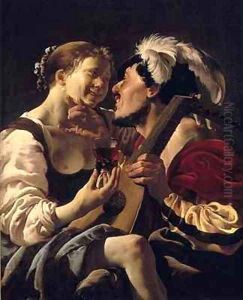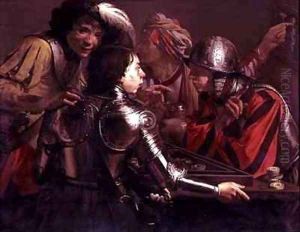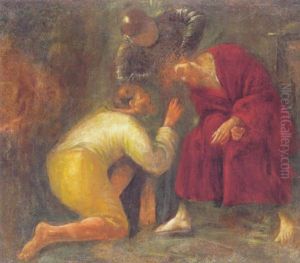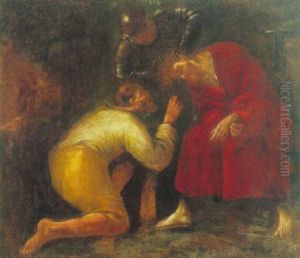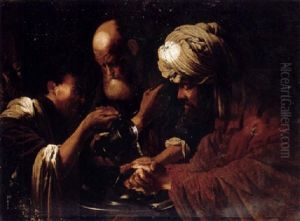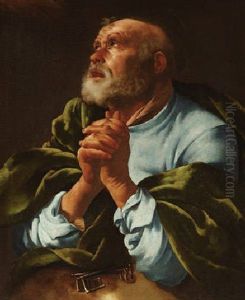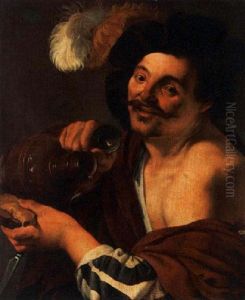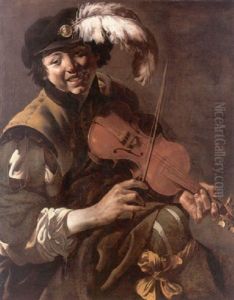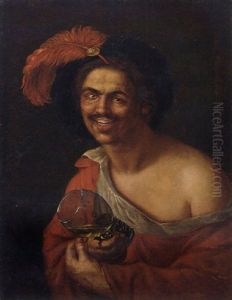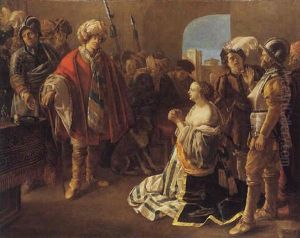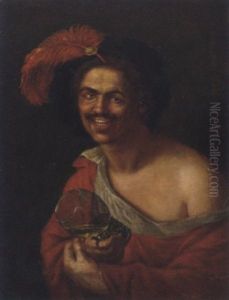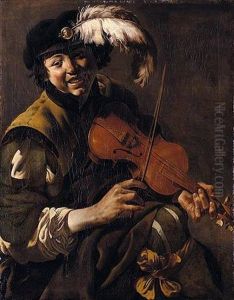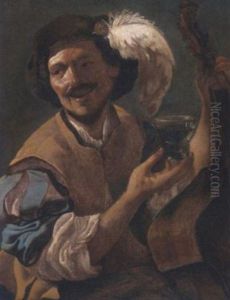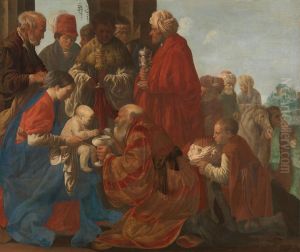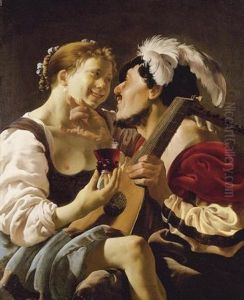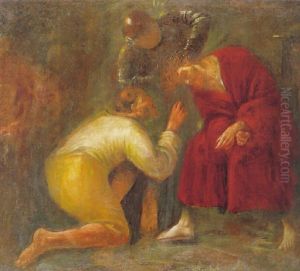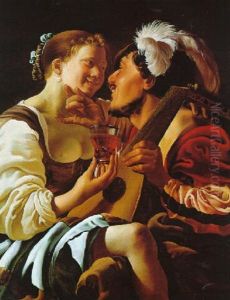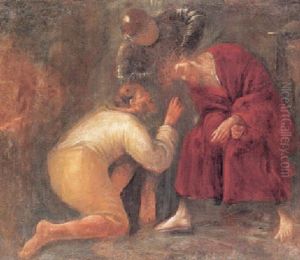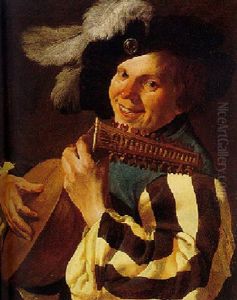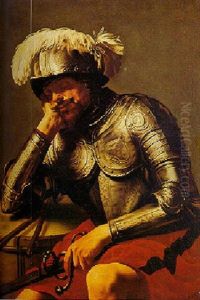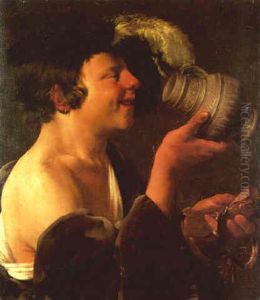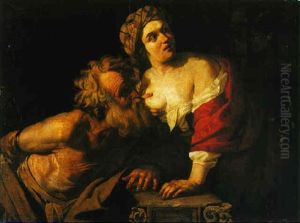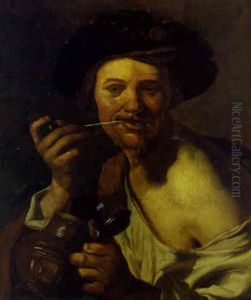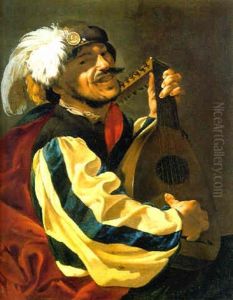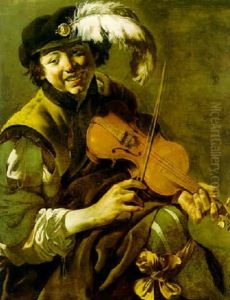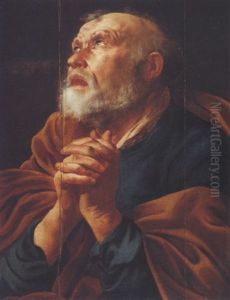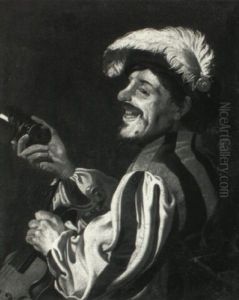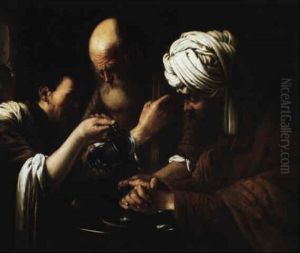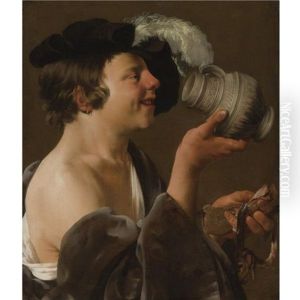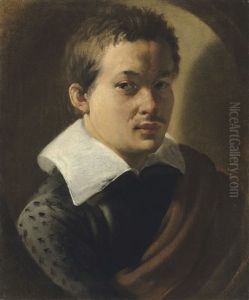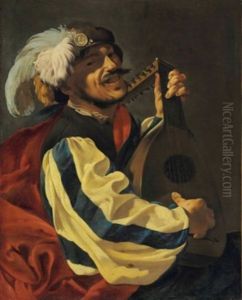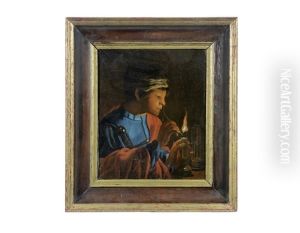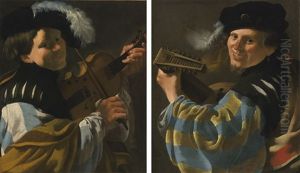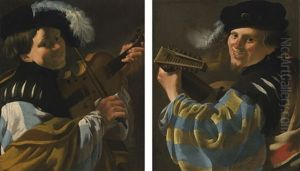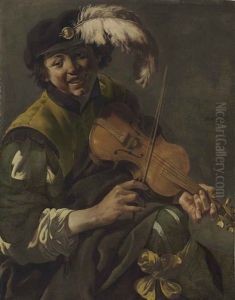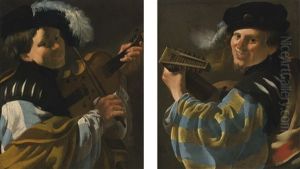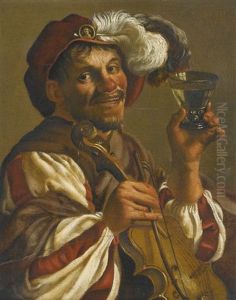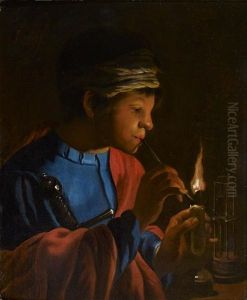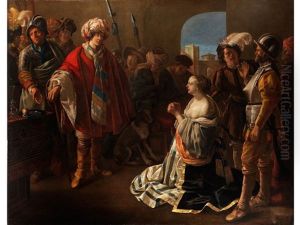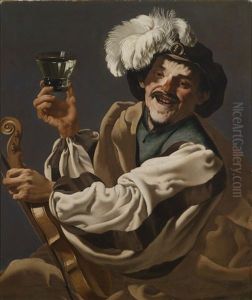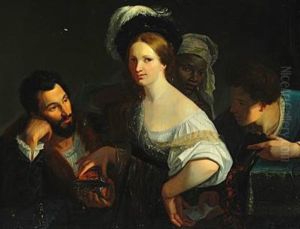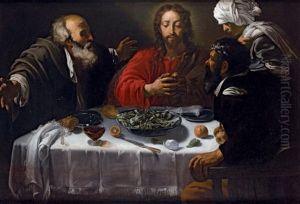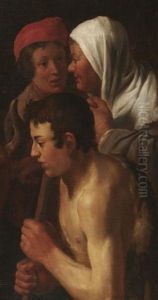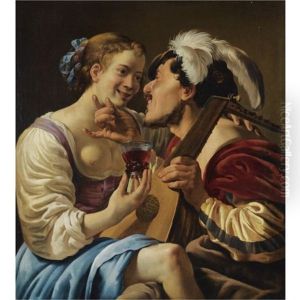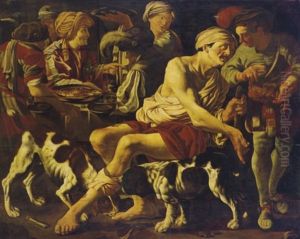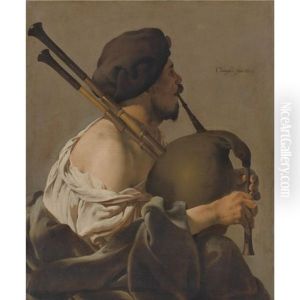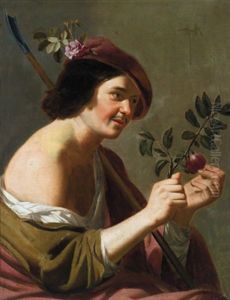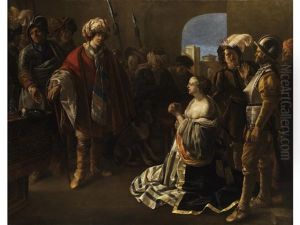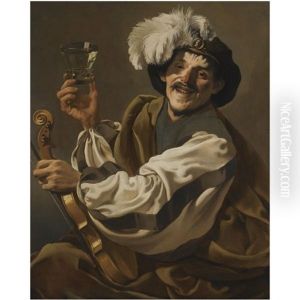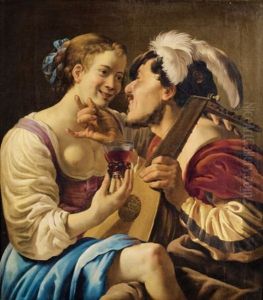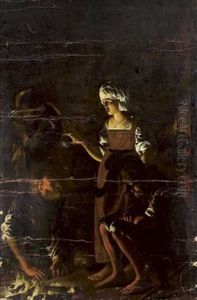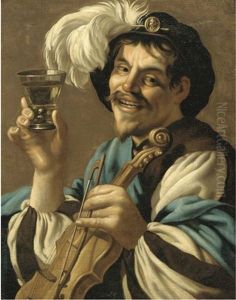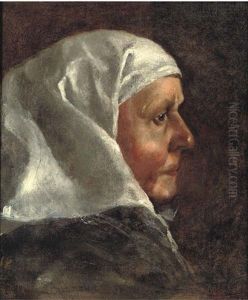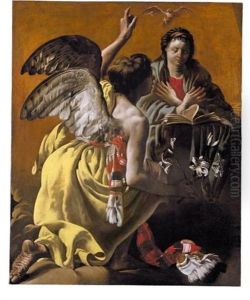Hendrick Ter Brugghen Paintings
Hendrick Ter Brugghen was a prominent Dutch painter born in 1588 in The Hague, Netherlands. Although much of his early life remains shrouded in mystery, it is known that he was one of the key figures in the Dutch Caravaggisti movement in the early 17th century. This movement was characterized by the influence of the Italian painter Caravaggio, whose style was known for its dramatic use of light and shadow, as well as its focus on realism and the emotional intensity of religious subjects. Ter Brugghen is particularly noted for his adept use of Caravaggio's chiaroscuro technique, which he adapted with a distinctly northern European sensitivity.
Ter Brugghen's journey to Italy, where he stayed from about 1604 to 1614, was pivotal in shaping his artistic style. During his time in Rome, he was deeply influenced by Caravaggio's work, which was revolutionary at the time for its naturalism and stark lighting effects. Upon his return to Utrecht in the Netherlands, Ter Brugghen brought with him the Caravaggesque style, significantly impacting the Dutch art scene. His works from this period blend Italian technique with Dutch sensibilities, often focusing on religious themes, genre scenes, and portraits that are notable for their emotional depth and use of light.
Despite his relatively short life, Ter Brugghen's oeuvre had a lasting impact on the development of Dutch painting. He was a master at depicting human emotion and the texture of fabrics, which added a tactile realism to his work. His paintings, such as 'The Calling of St. Matthew' and 'The Supper at Emmaus,' exemplify his skill in using light to enhance narrative and emotional intensity. Ter Brugghen's influence was significant among his contemporaries and the next generation of Dutch painters, including Gerrit van Honthorst and Dirck van Baburen, who also adopted the Caravaggesque style.
Hendrick Ter Brugghen died in 1629 in Utrecht. Although his career was brief, his contributions to the Dutch Golden Age of painting were profound. He left behind a legacy that not only marked the successful integration of Italian artistic innovations into Northern European art but also paved the way for the unique developments in Dutch painting that would follow in the 17th century.
